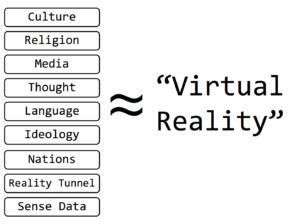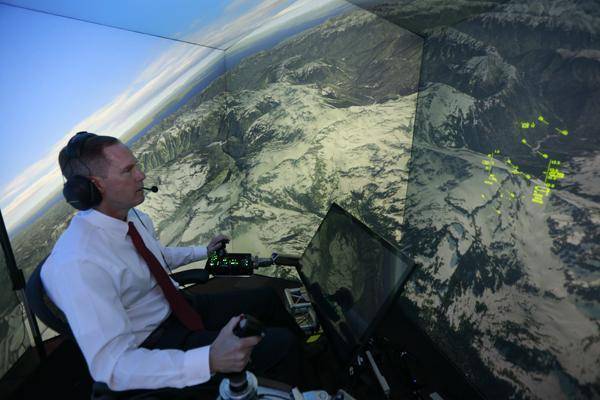Jun 29, 2016
Smart Dust Is Coming: New Camera Is the Size of a Grain of Salt
Posted by Klaus Baldauf in categories: 3D printing, computing, mobile phones
Miniaturization is one of the most world-shaking trends of the last several decades. Computer chips now have features measured in billionths of a meter. Sensors that once weighed kilograms fit inside your smartphone. But it doesn’t end there.
Researchers are aiming to take sensors smaller—much smaller.
In a new University of Stuttgart paper published in Nature Photonics, scientists describe tiny 3D printed lenses and show how they can take super sharp images. Each lens is 120 millionths of a meter in diameter—roughly the size of a grain of table salt—and because they’re 3D printed in one piece, complexity is no barrier. Any lens configuration that can be designed on a computer can be printed and used.
Continue reading “Smart Dust Is Coming: New Camera Is the Size of a Grain of Salt” »



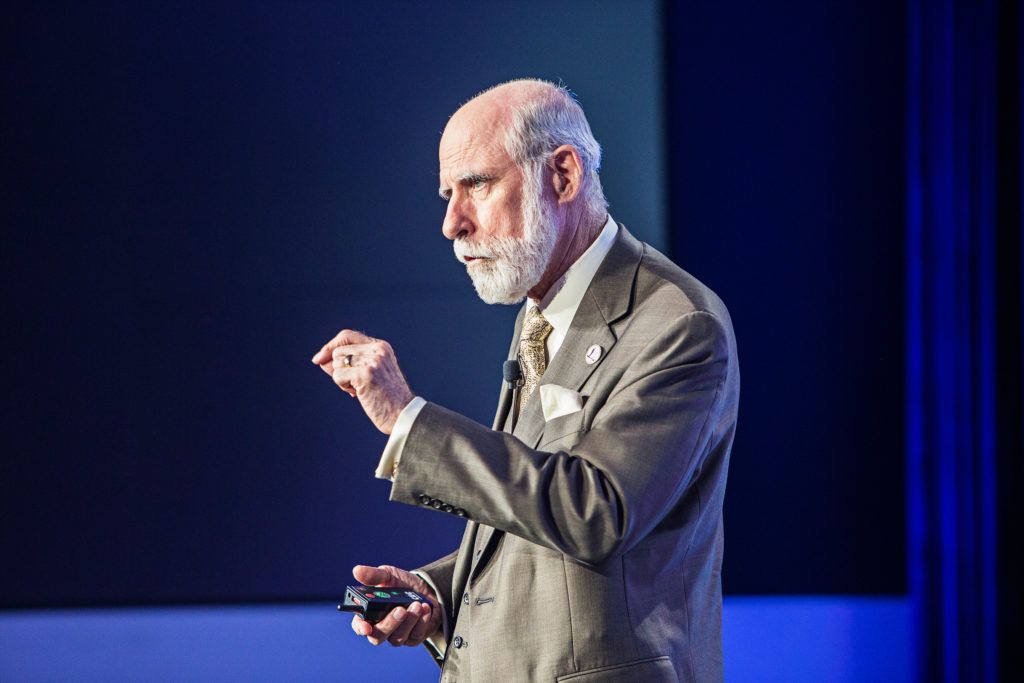

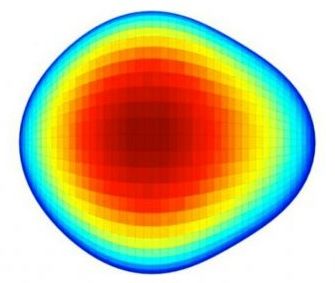
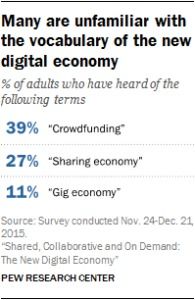 I’m curious if readers of this blog, futurists or otherwise, were as surprised as I was to see the
I’m curious if readers of this blog, futurists or otherwise, were as surprised as I was to see the 